
Do you know how stock trading was carried out on our stock exchanges in the earlier days before the advent of computers and modern technology? It was in the form of an open outcry floor trading where transactions were executed like a form of bids in an auction. Then came the age of computers and BOLT (BSE On-Line Trading) where stock trading rapidly changed in just a matter of 50 days with the capacity to execute 8 million orders per day. However, today in the age of digitisation and AI, the volume of transactions on NSE and BSE has increased significantly, where traders aim to capitalise on the minutest price variations by banking on bulk transactions executed in mere seconds. This is the world of High Frequency Trading, a high-stakes game that is surely not for weak-hearted ones. Curious to know more, read on to know all about high frequency trading and its risks and rewards.
Read More: What is the risk-return trade-off?
High Frequency Trading (HFT) is a type of trading strategy where large volumes of securities are bought and sold within fractions of a second using powerful computers and algorithms. In simple terms, it's like trading in the blink of an eye! HFT relies heavily on speed and technology to capitalise on tiny price discrepancies in the market. Traders can leverage high frequency trading when they see rapid changes in stock prices within very short time frames. HFT can bring increased liquidity to the stock market and can also reduce bid-ask spreads, however, some critics argue that it may also contribute to or lead to increased market volatility. This can pose severe risks for traders, particularly during times of market stress.
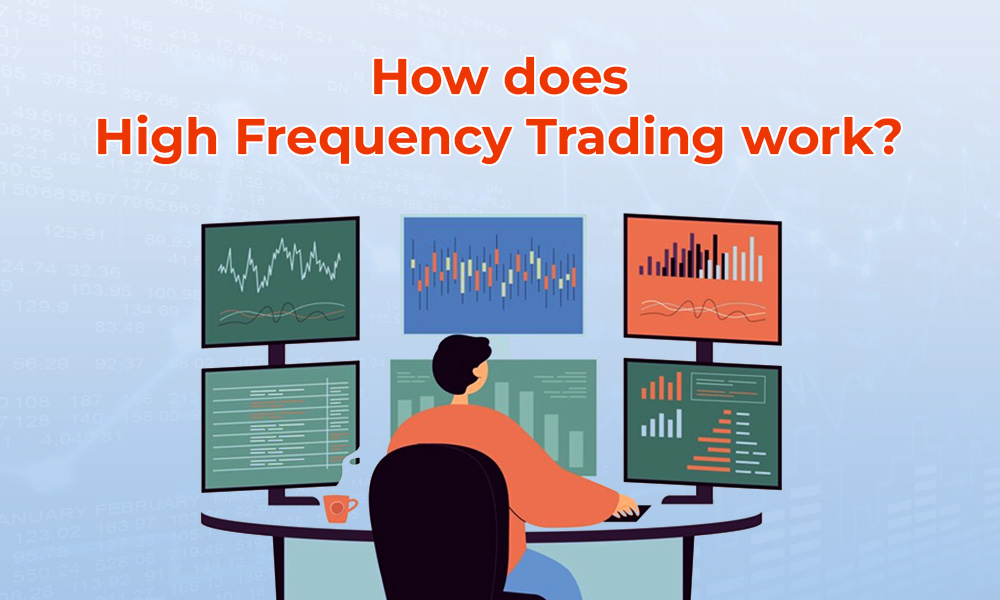
High frequency trading is based on the use of technology to identify potential price fluctuations and take advantage of the same. This type of trading is similar to scalping trading where traders take advantage of the small window or trading opportunities when the direction of price for an asset varies even the slightest. The big difference between scalping and HFT is the large volume of transactions and the use of complex algorithms to spot trading opportunities and execute them in seconds or milliseconds to maximise profit potential. HFT strategies rely on the use of advanced technology to analyse large volumes of market data, identify patterns, and execute trades automatically. These algorithms often look for arbitrage opportunities, market imbalances, or other inefficiencies that can be exploited for profit thereby benefiting the trading portfolio. What matters in HFT is ‘speed’, the speed of spotting a trading opportunity and the speed to execute a large volume of transactions in mere seconds as even the slightest delay can mean missing out on profitable opportunities.
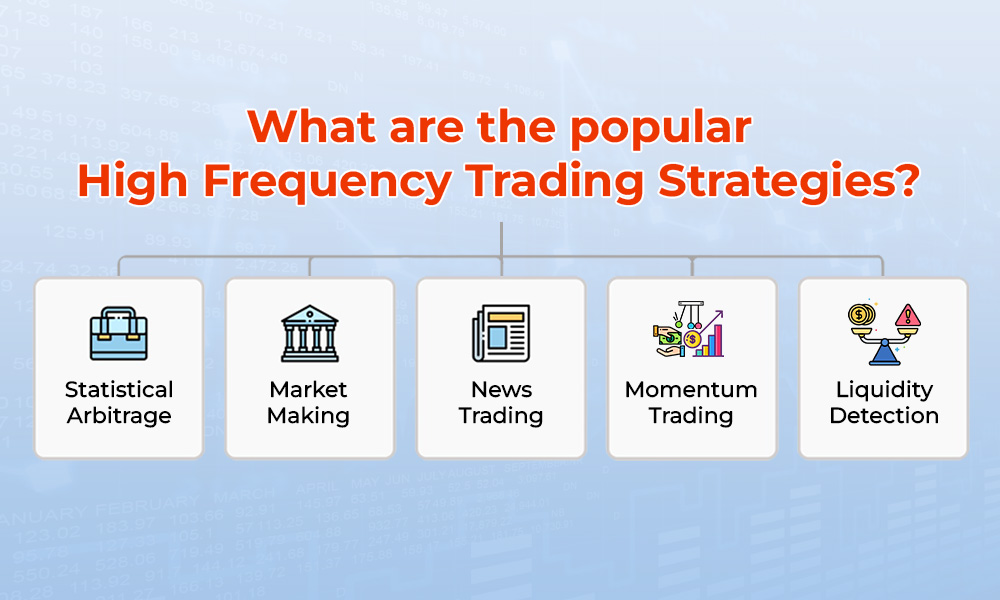
Some of the popular high frequency trading strategies are explained hereunder,
Statistical arbitrage is a popular HFT trading strategy that involves exploiting temporary pricing inefficiencies based on statistical models and historical data analysis. Traders employing this strategy seek to identify mispriced securities or assets by analysing historical price relationships and correlations. For instance, traders can identify pairs of stocks that historically move in tandem but have temporarily diverged in prices. HFT algorithms automatically execute trades to capitalise on these pricing disparities. The aim is to profit from these disparities as prices revert to their historical relationship in due course of time. However, the biggest drawback of this strategy is that statistical arbitrage requires continuous monitoring and adjustment of strategies in order to remain profitable in the evolving market conditions. This makes it a particularly challenging task however, the potential rewards from this strategy are quite high for high frequency traders.
Momentum trading is a dynamic HFT strategy that capitalises on short-term price trends and market momentum. Traders employing this strategy analyse price movements and volume data to identify securities with strong upward or downward momentum. HFT trading algorithms enable traders to swiftly enter and exit positions in order to ride these momentum waves with the aim to profit from the rapid price changes. Momentum trading relies on capturing short-term trends and reacting swiftly to those trends or changes in market sentiment. However, this strategy also carries a few risks. Momentum can reverse as suddenly as it initiated which can lead to losses if the sudden price swings are not managed effectively. In India's fast-paced markets, momentum trading strategies can be highly profitable for HFT traders but they require advanced data analysis, execution speed, and risk management techniques.
Market making is a cornerstone strategy in high frequency trading (HFT) where traders provide liquidity to the market by continuously quoting bid and ask prices for securities. Market makers play a crucial role in facilitating smooth and efficient trading by ensuring that there are buyers and sellers available at all times. HFT market makers use sophisticated algorithms to adjust their quotes rapidly in response to changes in market conditions, such as order flow, volatility, and price movements. Market makers aim to capture small profits on each trade while mitigating risk exposure by quoting narrow bid-ask spreads and the ability to swiftly adjust their positions. The success of market making strategy relies on maintaining a delicate balance between providing liquidity and managing risk in highly competitive and dynamic markets.
News trading strategies in HFT trading capitalise on the immediate impact of news announcements and events on market prices. HFT algorithms continuously monitor news feeds, social media platforms, and other sources to rapidly assess the sentiment and relevance of incoming information. Traders can then leverage such information for timely execution of their traders within the window of seconds or milliseconds by reacting swiftly upon the release of market-moving news thereby trying to profit from the resulting price fluctuations.
Liquidity detection strategies involve identifying large institutional orders or hidden liquidity in the market. HFT algorithms analyse market data to anticipate the behaviour of institutional traders and detect signs of significant buying or selling activity. By front-running these orders or adjusting trading strategies accordingly, HFT traders aim to profit from liquidity imbalances while minimising market impact.
HFT trading is the latest in terms of leveraging technological advancements to create a dynamic and profitable trading portfolio. However, it comes with its own set of benefits and challenges. Here is a brief explanation for the same.

Let us understand these benefits and challenges in detail.

HFT contributes to increased market liquidity by providing a constant stream of buy and sell orders, making it easier for traders to execute trades at a rapid pace and at competitive prices.
HFT narrows bid-ask spreads (the difference between the highest price a buyer is willing to pay and the lowest price a seller is willing to accept), thereby enhancing price efficiency at the same time reducing trading costs for diverse market participants.
HFT facilitates rapid and efficient price discovery by processing vast amounts of market data and responding to new information in real-time. This ensures that market prices reflect the latest available information accurately fostering better trading opportunities and chances of profitability.
HFT promotes market efficiency by quickly identifying and exploiting pricing discrepancies. This leads to more accurate asset valuations and allocation of resources.
HFT creates opportunities for arbitrage by capitalising on short-lived price differentials between related assets or across different markets, enabling traders to profit from market inefficiencies.
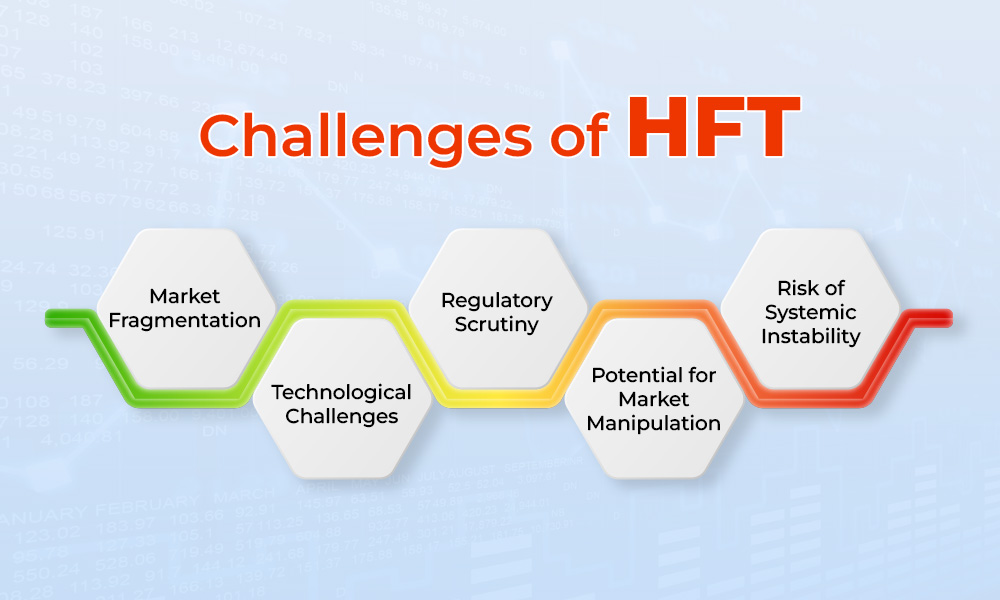
HFT can contribute to market fragmentation by dispersing trading activity across multiple venues and creating complex order-routing strategies. This potentially reduces market transparency and increases execution complexity.
One of the biggest drawbacks of HFT is that it requires significant investment in high-speed trading infrastructure and sophisticated algorithms. This poses a significant entry barrier for smaller traders thereby necessitating continuous technological innovation to remain competitive.
Another serious concern around HFT trading is that there is a possibility of increased regulatory scrutiny due to concerns about market fairness, systemic risk, and the potential for market manipulation. This leads to the implementation of stricter regulatory measures and compliance requirements to ensure fair market practices in stock trading.
The lightning-fast trading capabilities in HFT raise concerns about market manipulation, such as spoofing or layering. This is where traders artificially inflate or deflate prices to deceive other market participants thereby undermining market integrity and investor confidence.
The absolute reliance of high frequency trading formats on complex algorithms and interconnected trading systems poses a significant risk of systemic instability. Any malfunction or disruption in one part of the HFT ecosystem could potentially cascade throughout the entire market, leading to widespread disruptions and financial losses for a huge band of investors.
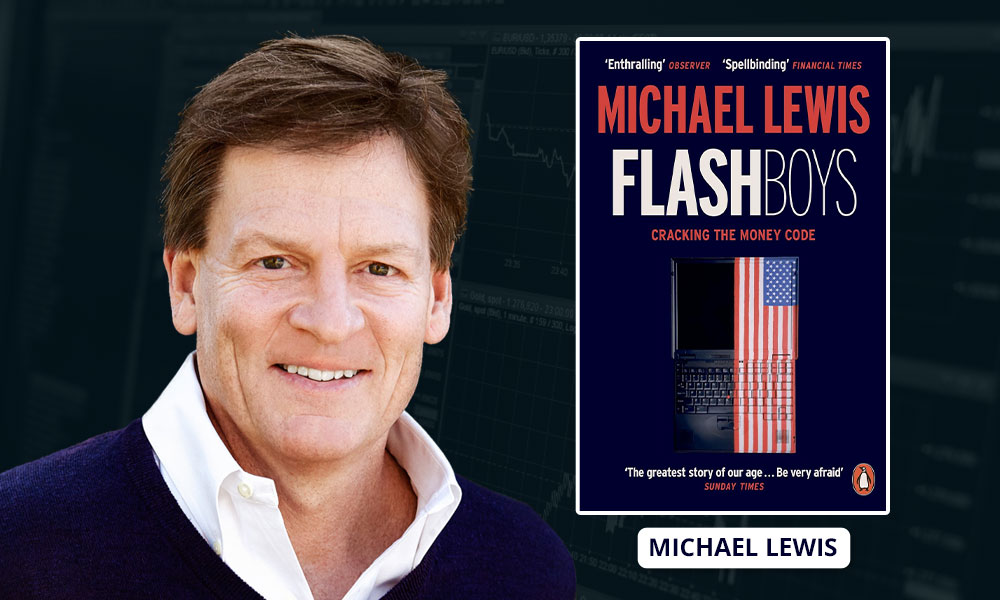
Like various market-related concepts, HFT also has many books dedicated to explaining the science behind it and the nitty-gritty of HFT (High Frequency Trading). The standout among such books is the book named ‘Flash Boys: A Wall Street Revolt’. This book by Michael Lewis delves into the high-frequency trading (HFT) practices on Wall Street. The book follows the story of a group of financial experts and traders who uncover the unfair advantages enjoyed by certain firms engaging in HFT, where milliseconds can make a huge difference in trading profits.
These traders band together to create a fairer trading platform, battling against the rigged system and ultimately sparking a movement to reform the financial markets. Through a blend of investigative journalism and compelling narrative, Lewis exposes the complexities and ethical dilemmas of modern finance through multiple interviews highlighting the efforts of those striving for transparency and fairness in the industry. Though the book received much criticism from some academics and industry experts, some found merits in the book and supported Michael Lewis's explanations of trading concepts as well as agreeing with his criticisms of HFT. The rights to this book were initially bought by Sony Pictures and later by Netflix to transform this book to the silver screen and make it further accessible to the masses across the globe.
Buy Now: https://bit.ly/3TLYfas
HFT or high frequency trading is the new age stock trading development that has taken the trading community by storm. While it is an opportunity to profit from even the most insignificant price fluctuations that can potentially lead to an overall profitable trading portfolio, it is important for traders to understand the market dynamics and the pitfalls of HFT before taking a plunge.
We hope this article was able to clarify the concept of high frequency trading (HFT) in a simplified manner. Let us know if you need more information on this topic or the strategies applied in HFT and we will address your issues.
Till then Happy Reading!
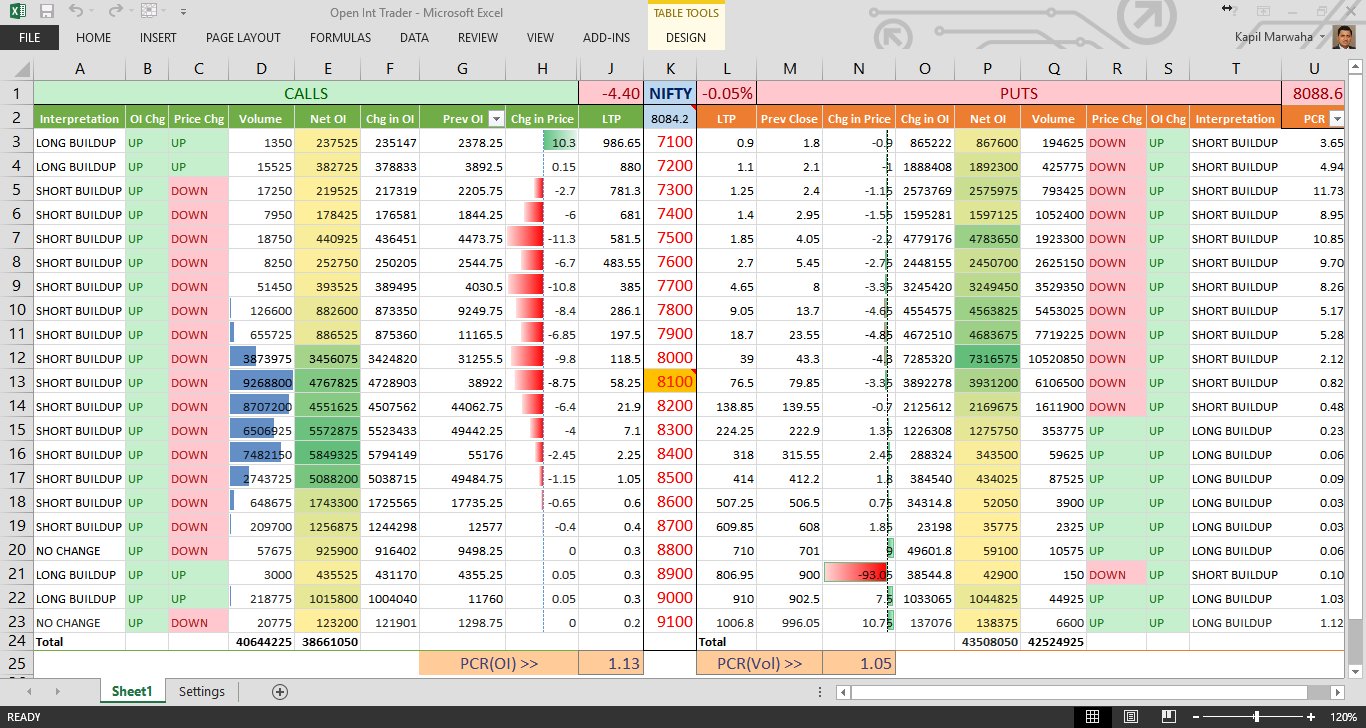
NSE Stock Prices in Excel in Real Time - Microsoft Excel is a super software cap...

Buying shares from the stock market seems to be an easy task - as it can be done...

Market eye filters is made creatively to help you take advantage of market oppor...

There are very few things that investors agree on, and one of them is that earni...